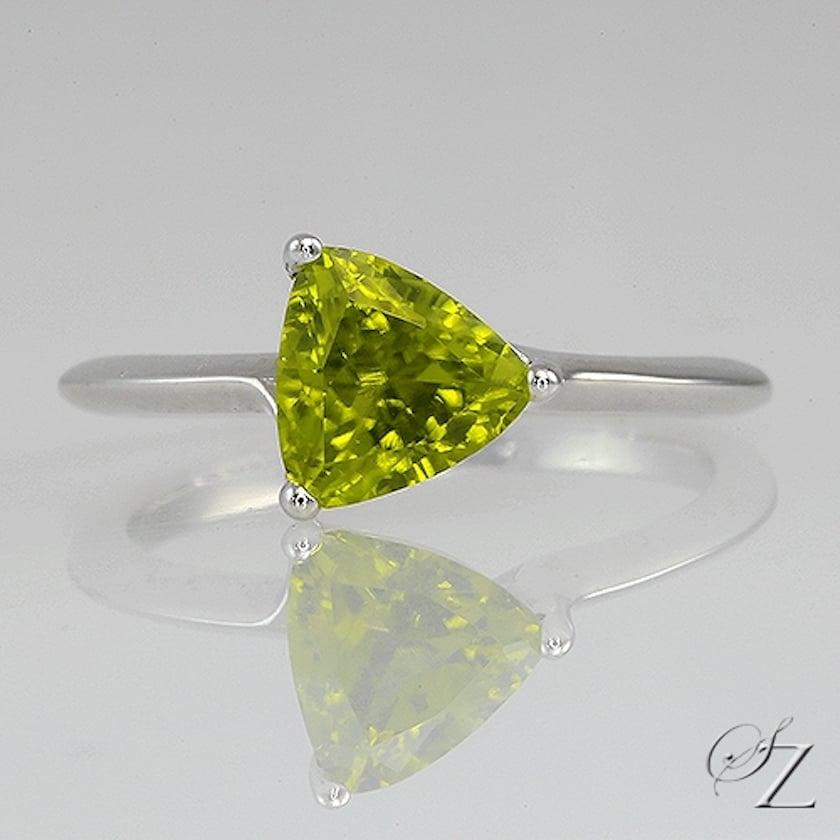Peridot Buying Guide
Our peridot buying guide can help you learn how these gems are graded, what to avoid, and how to identify a high-quality stone or a bargain in the rough.
2 Minute Read
Related Articles
Peridot Value, Price, and Jewelry Information
The modern August birthstone, peridot has been prized as a jewelry stone since ancient times. Always green in color but...
Read More
August Birthstones: Peridot and Spinel
What is the August Birthstone?
Periodot and spinel are the modern birthstones for August. Those born in this month are...
Read More
Peridot Polishing Survey Results
Popular jewelry stones, peridots can actually vary in hardness. Our IGS member survey results can help you choose the right...
Read More
Birthstone Chart
What are the birthstones by month? January is garnet, February is amethyst, March is aquamarine, April is diamond, May is...
Read More
Latest Articles
Milarite Value, Price, and Jewelry Information
Very rare milarite crystals can occur in green and yellow colors. Transparent material can yield small but pleasant looking faceted...
Read More
Appraising Pearls: How to Grade Pearls
Novice gemologists and jewelers may find appraising pearls difficult. Our guide will show you how to appraise and grade different...
Read More
Agate Buying Guide
Decorative, patterned forms of agate are excellent natural gems. Learn more about agate's mesmerizing patterns in our agate buying guide....
Read More
Carving Techniques for Handling Inclusions in Transparent Gems
Inclusions don't have to result in a loss of mass or value when cutting transparent gems. Learn how to manage...
Read More
Never Stop Learning
When you join the IGS community, you get trusted diamond & gemstone information when you need it.
Get Gemology Insights
Get started with the International Gem Society’s free guide to gemstone identification. Join our weekly newsletter & get a free copy of the Gem ID Checklist!
